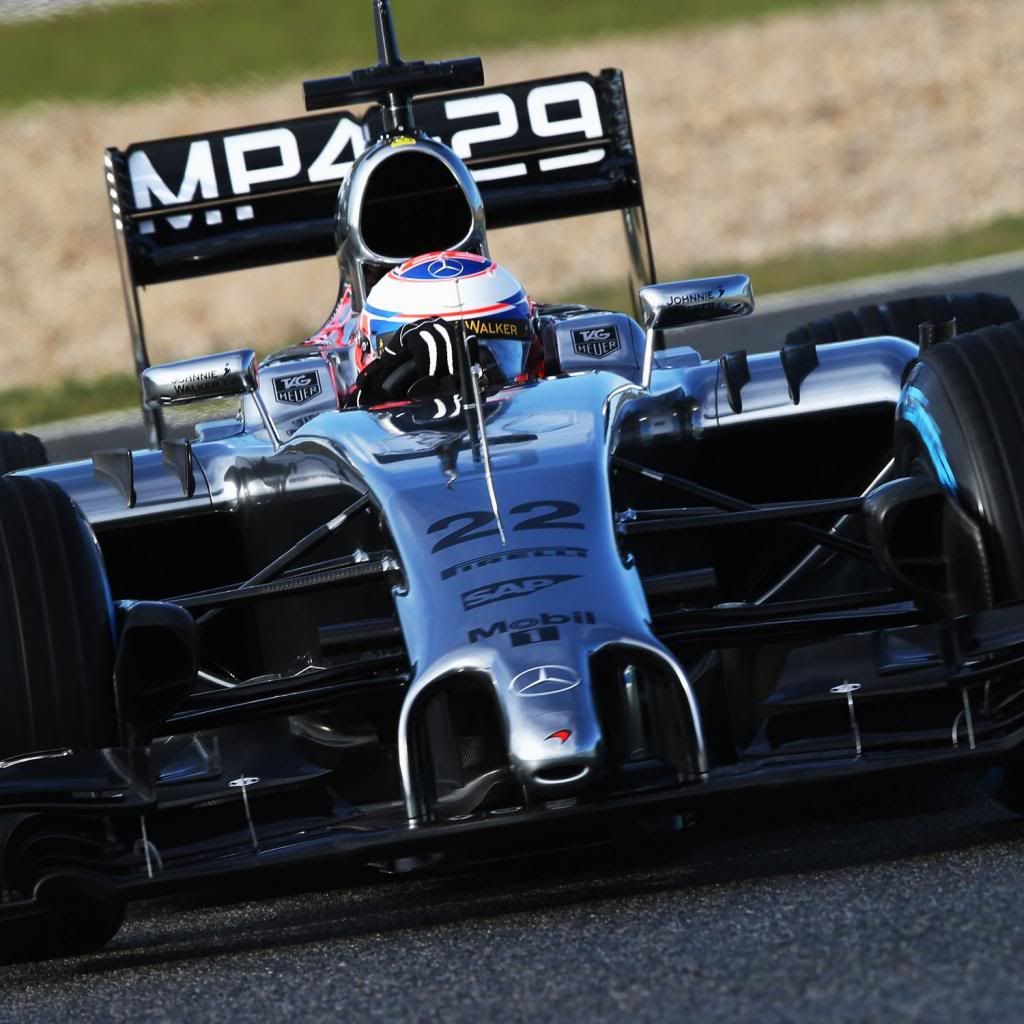The graph below shows the forces at a car's contact patch so that you can work out the car's acceleration simply using F=mA:-

Each green curve shows the force developed at full throttle in each of the car's gears. The red curve shows the maximum amount of force that can be transmitted to the road as determined by the grip at the driven wheels. The blue curve is the total of the resistive forces in play.
Therefore the net value of F in "F=mA", for a given speed, is the lower value of either the red curve, or the green curve representing the gear the car is in at the time, minus the blue curve.
To find A you then need to rearrange such that A=F/m... however the value of "m" not only includes the static mass of the car, but also the inertia of all the parts on the car which rotate as a function of road speed... brakes, wheels, tyres, engine components, etc. This can be as much as 30% on top of the car's static mass -the lower the gear the higher the inertia from engine components.
Now you can see that for a given speed (whether the speed is 0mph or 150mph) you want to increase the force at the contact patch (either more power from the engine, a lower gear ratio if possible) and/or increase the grip (depending on which was the limiting factor at the given speed). You can increase the grip by increasing the force over the driven wheels (e.g. cg position further back on a rear wheel drive car), increasing downforce, using grippier tyres, ensuring you have an appropriate amount of damping, and having suitable spring rates. Then you want to decrease the resistances (rolling resistance and aero drag), and finally you want to decrease the mass and rotating inertia.
At very low speeds you'll see that typical internal combustion engines, such as the one in my graph, with a conventional gearbox, developes no force at the contact patch at zero mph. That's where the clutch comes in. The clutch is used to generate a difference in speed between the engine and the road and therefore "fill in" the force gap I've coloured yellow... However the force that can be transmitted to the road is still governed by the red "grip" line. So no matter what gear ratio you have, or how much slip the clutch allows, you can't transmit any more force to the road than the red line allows, so
ultimatley the low speed acceleration is governed by the grip available and the car's mass/inertia .
The problem is that getting the right amount of slip from the clutch to fill in the yellow area isn't easy to achieve (the correct amount of slip at 1mph is different to that required at 5 mph, and different depending on road surface, conditions, etc), so the teams spend considerable time developing special clutches which increase their pressure in such a way as to maximise use of the red "grip" curve... but even then they have to be "tuned" to the specific track and conditions which is why the drivers do practice starts on the way to the grid.....



